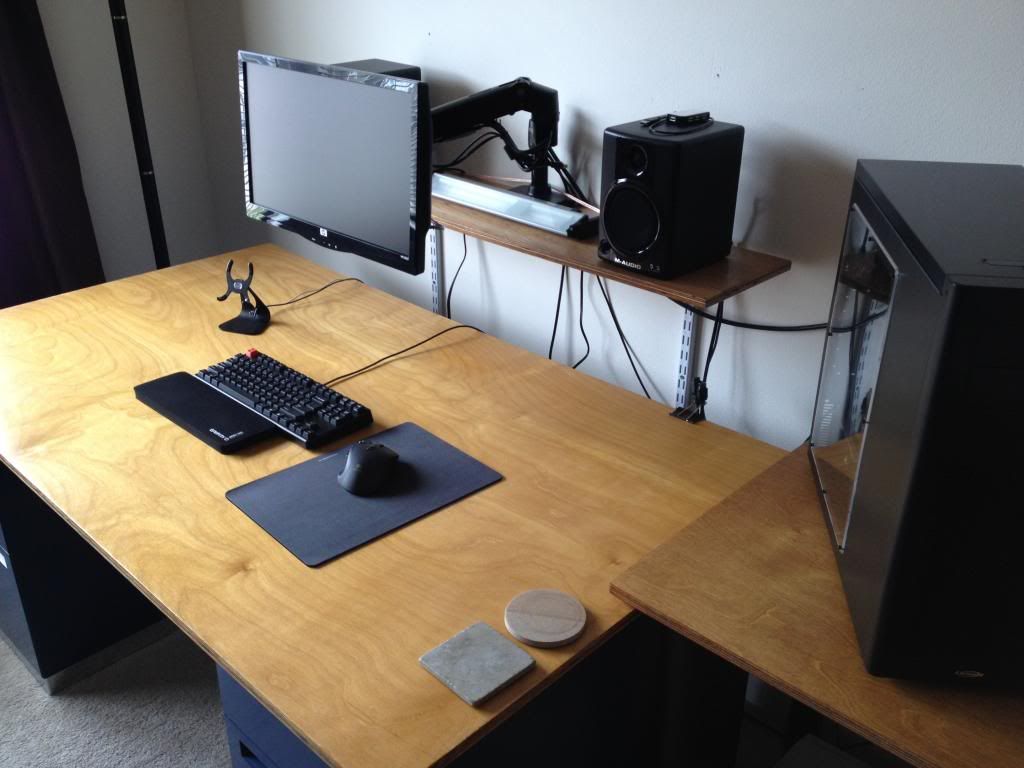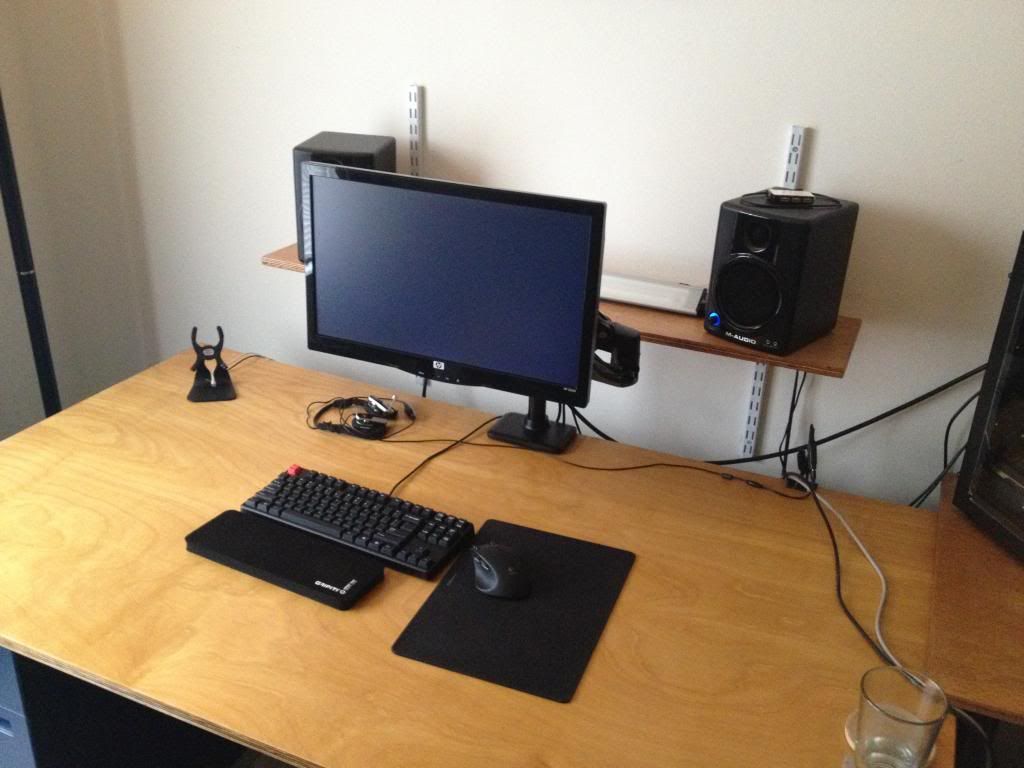In a dark environment most users will use something between 80 and 120 cd, going up higher only if more lights are turned on in the room.
The real question is, can this Eizo monitor get PWM free at a brightness of 80 cd? If 20 % means for something like 200 cd then is totally worthless for home usage. Oh, and lets not forget the contrast that is able to deliver at desired brightness usage.
According to prad review, it seems that it gets 800+ contrast at 20% brightness, and just a tiny bit under 100 cd. Not bad at all.
The real question is, can this Eizo monitor get PWM free at a brightness of 80 cd? If 20 % means for something like 200 cd then is totally worthless for home usage. Oh, and lets not forget the contrast that is able to deliver at desired brightness usage.
According to prad review, it seems that it gets 800+ contrast at 20% brightness, and just a tiny bit under 100 cd. Not bad at all.
Last edited:
![[H]ard|Forum](/styles/hardforum/xenforo/logo_dark.png)











